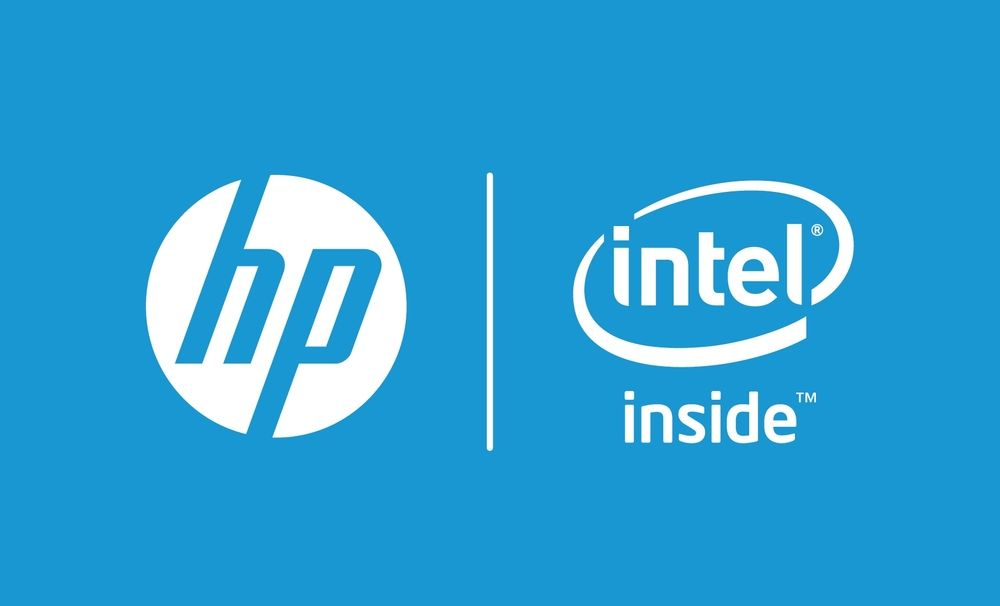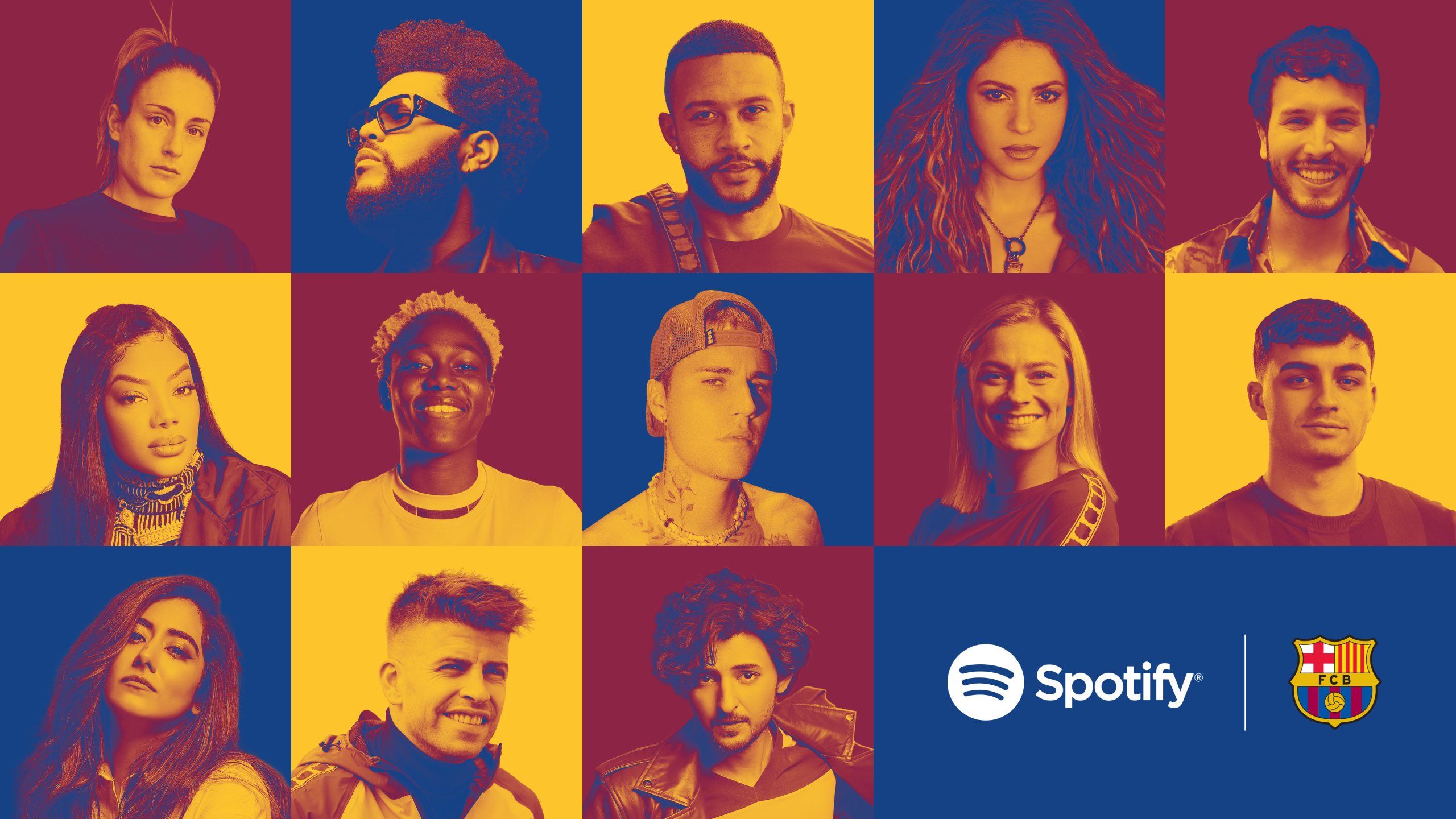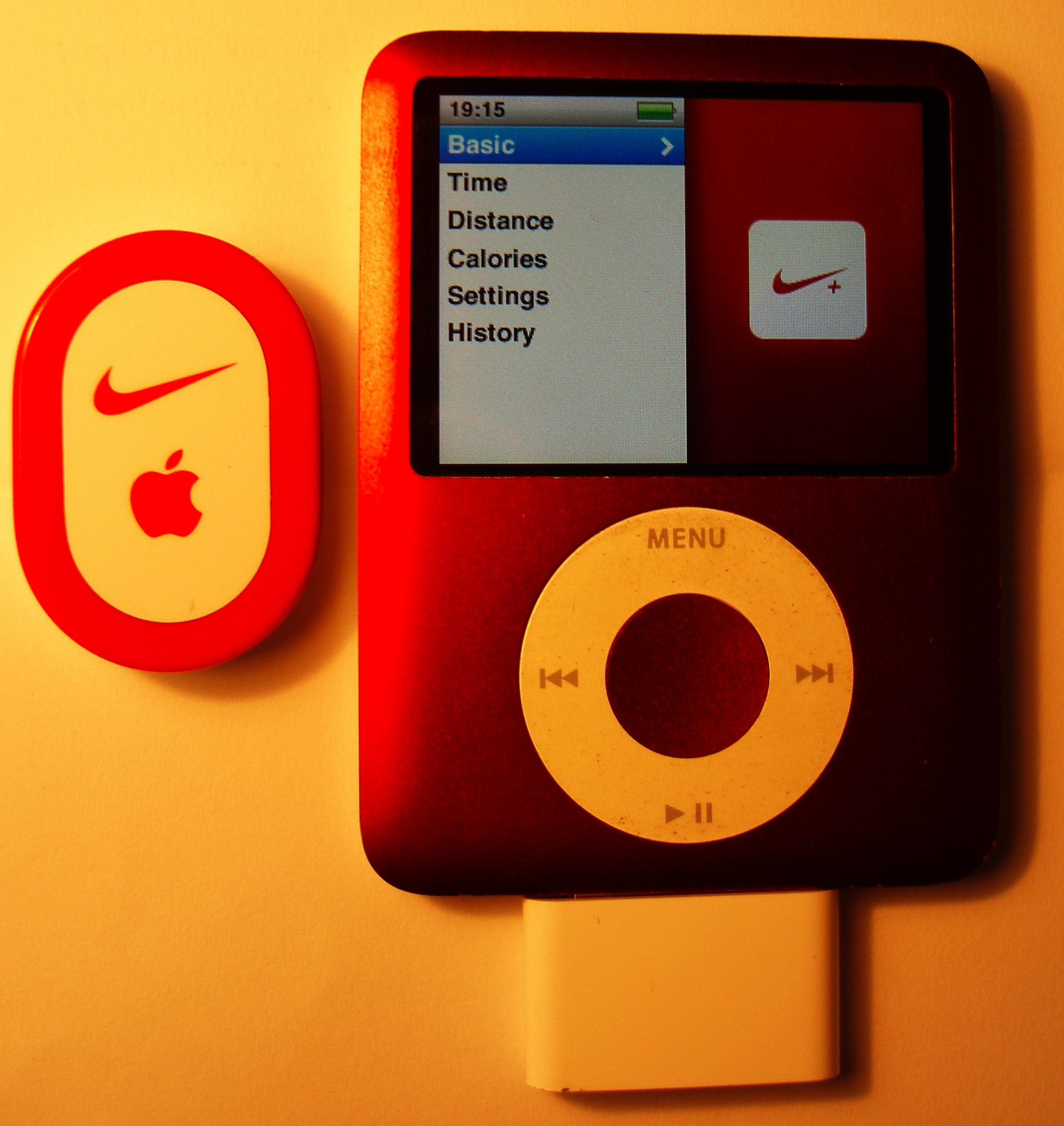In the ever-evolving landscape of the music industry, artists and brands have found a harmonious way to strike a chord that resonates with both their target audiences. The phenomenon of brand partnershipsin the music industry has become a strategic avenue for artists to amplify their visibility while offering brands an authentic and emotionally charged medium to connect with consumers. This article delves into the dynamics of brand partnershipswithin the music industry, exploring how they work, the benefits they offer, and some iconic examples that have left a lasting mark.
The Essence Of Co-Branding
At its core, co-brandingrepresents a strategic alliance that allows brands to maximize their impact by pooling resources, expertise, and influence. When applied to the music industry, co-brandingentails the collaboration of musical artists or groups with other brands, be they from diverse sectors such as fashion, technology, or lifestyle. The outcome is a fusion of creative energies and brand identities that can result in compelling products, campaigns, or events.
The Benefits Of Musical Co-Branding
Expanded Audience Reach
One of the most significant advantages of co-branding in the music industry is the potential for expanded audience reach. The collaboration between a music artist and a brand exposes each entity to the other's fan base. This cross-pollination of audiences can result in increased visibility and engagement for both parties.
Enhanced Emotional Connection
Music possesses a unique power to evoke emotions and create profound connections with listeners. When a brand aligns itself with a music artist whose style resonates with its values, it can tap into that artist's emotional appeal and establish a deeper connection with its audience.
Creative Innovation
Co-branding encourages creative innovation by combining two different sets of ideas, aesthetics, and expertise. This collaboration often leads to the creation of unique products, experiences, or campaigns that might not have been conceived independently. The exchange of creative insights can inspire artists to experiment with new sounds, visuals, and narratives.
Types Of Brand Partnerships
Selecting the right type of brand partnership is a critical step in ensuring the success and effectiveness of the collaboration. The strategic alignment of brands can create a seamless integration that resonates with both audiences, maximizing the impact of the partnership. Here are some common types of brand partnerships in the music industry:
Product Collaboration
Product collaborations involve the joint creation of a product that merges the attributes of both brands. In the music industry, this could mean artists collaborating with fashion brands to design co-branded clothing lines, headphones, or accessories. These collaborations leverage the artist's image and style to enhance the product's appeal, while the brand lends its expertise in design and production.
Exclusive Releases
Exclusive release partnerships revolve around offering exclusive contentor products to a specific brand's audience. Musicians might release new albums, singles, or remixes exclusively through a particular brand's platform. This type of partnership generates excitement and engagement among the artist's fan base while driving traffic and engagement to the brand's platform.
Endorsements And Sponsorships
Endorsements and sponsorships involve artists associating themselves with a brand's products or services. This can range from artists becoming the face of a brand's advertising campaignto using and promoting a brand's products in their music videos and social media. These partnerships leverage the artist's influence to enhance the brand's credibility and visibility.
Experiential Collaborations
Experiential collaborations focus on creating immersive experiences for the audience. This could involve hosting exclusive events, concerts, or workshops that bring together the artist's musical talent and the brand's expertise in creating unique experiences. These collaborations leave a lasting impression on attendees and foster a strong emotional connection to both the artist and the brand.
Digital And Social Media Collaborations
In the digital age, collaborations can extend to social media platforms and digital content. Brands might partner with musicians to create engaging social media challenges, live streams, or behind-the-scenescontent. These collaborations leverage the artist's online presence to increase brand visibility and engagement.
Researching For Successful Partnerships
Selecting the right type of partnership is indeed essential to achieving positive outcomes. In-depth research plays a crucial role in identifying the ideal partner and partnership type. Here are steps to consider:
Audience Alignment
Understand the demographics, preferences, and behaviors of both brands' target audiences. An effective partnership should resonate with the shared interests and values of these audiences.
Market Analysis
Conduct a thorough analysis of both brands' market positions, strengths, and weaknesses. Identify areas where the brands can complement each other and provide added value to the partnership.
Brand Values And Identity
Ensure that the core values and brand identities of both partners align seamlessly. A partnership that feels authentic and consistent is more likely to resonate with consumers.
Feasibility And Resources
Assess the practicality of the partnership in terms of available resources, budgets, and capabilities. Collaborations should be feasible for both parties to execute successfully.
Advantages Of Brand Partnerships
Brand collaborations are strategic alliances that aim to benefit all companies involved in the partnership agreement. These collaborations have the potential to propel businesses towards their goals with increased revenue, lead generation, and an improved market status. By combining their strengths, brands can tap into new avenues of growth and create synergistic outcomes. Here are some of the key advantages of brand collaborations:
Cost-Effectiveness
Brand partnerships offer a cost-effective approach to marketing and brand promotion. Depending on the type of partnership pursued, companies can significantly reduce marketing expenses while still achieving impactful results. For instance, collaborating with influencers, publishers, or licensing intellectual property provides a method to increase brand exposure without the need for extensive advertising campaigns. By leveraging the partner's established presence, you can save on marketing costs and allocate resources to other operational processes.
Access To New Markets
Partnerships provide a unique opportunity to enter new markets and reach previously untapped audiences. Testing your products or services in a different market allows you to gain valuable insights into consumer preferences and behaviors. While venturing into new markets may carry some risks, the potential rewards are substantial. This firsthand knowledge enables you to identify areas for improvement, refine your strategies, and expand your brand awareness and customer base.
Increased Revenue
A successful brand partnership often translates to increased revenue for all parties involved. Collaborations that resonate with consumers can drive higher sales and profits, positively impacting the bottom line. The infusion of additional revenue can open doors to various operational possibilities, such as expanding production capabilities, launching new product lines, or scaling up the business. For instance, a restaurant that experiences a revenue boost through a brand partnership may consider opening a second location or investing in interior enhancements to create a unique dining experience.
Shared Resources And Expertise
Brand collaborations allow businesses to leverage the resources, expertise, and strengths of their partners. This sharing of knowledge and capabilities can lead to innovative solutions and improved businesspractices. For example, a technology company collaborating with a music streaming service might enhance user experiences by integrating cutting-edge audio technology into the platform.
Strengthened Brand Image
Partnering with another reputable brand can enhance your brand's image and credibility. Associating with a trusted partner can instill confidence in your audience and help overcome skepticism. This positive image transfer can lead to increased customer trust and loyalty.
Diversified Marketing Strategies
Collaborative efforts enable brands to explore new and diverse marketing strategies that may have been outside their usual scope. This experimentation can lead to creative breakthroughs and the discovery of innovative ways to connect with audiences.
Co-Branding Challenges In The Music Industry
Maintaining Authenticity
Co-brandingmust be executed with care to maintain the authenticity of both the music artist and the brand. If the collaboration feels forced or inauthentic, it can result in a loss of credibility for both parties. Striking the right balance between creative expression and brand messaging is essential.
Aligned Objectives
Successful co-branding requires a clear alignment of objectives and values. Both the music artist and the brand must share a common vision for the collaboration. Misaligned goals can lead to confusion in messaging and dilution of the intended impact.
Notable Examples
Beats By Dre And Music Artists
Beats by Dre, a brand known for its premium headphones and audio products, has collaborated with numerous music artists to create co-branded headphones. These collaborations blend the artist's style and branding with the audio quality and design expertise of Beats by Dre, resulting in products that resonate with fans on both sides.
Converse And Music Icons
Converse, a well-known footwear brand, has a history of collaborating with music icons to design co-branded shoes. These collaborations celebrate the unique artistic expression of musicians while infusing Converse's timeless design. The result is a product that holds cultural significance for both music enthusiasts and fashion-conscious consumers.
Understanding Brand Partnerships
Brand partnershipsin the music industry refer to collaborations between musical artists and commercial brands. These partnerships manifest in various forms, from simple sponsorships to more intricate collaborations where the artist's image, music, or message becomes intertwined with the brand's identity. Unlike traditional advertising, brand partnerships often focus on delivering a seamless and emotionally resonant message that appeals to the shared values of the artist's fan base and the brand's customer base.
The Mutual Benefits
Enhanced Exposure And Reach
For musicians, partnering with a recognizable brand can grant them access to a wider audience. Brands possess established marketing channels and resources that can significantly amplify an artist's visibility. This expanded reach can introduce the artist's music to new listeners who might not have otherwise discovered it.
Emotional Connection
Brands tap into the emotional connection that fans have with their favorite artists. This connection can evoke strong emotions and positive associations, resulting in a more receptive audience for the brand's message. Music has the power to evoke nostalgia, happiness, and a sense of belonging, which brands can leverage to enhance their image.
Financial Support
Brand partnerships often come with financial incentivesfor artists. This can be particularly beneficial for emerging or independent musicians who might struggle with funding their creative projects. Brands invest in these partnerships because they believe in the artist's potential to enhance their own brand image.
Creative Collaboration
Collaborations between artists and brands can lead to unique and innovative projects. Musicians can lend their creative vision to a brand's campaign, resulting in engaging and memorable content. This collaboration can also push artists to explore new styles or experiment with their music, leading to artistic growth.
Iconic Examples
Nike And Apple - The Power Of Synchronization
The collaboration between Nike and Apple is a prime example of how brands and music can seamlessly merge. The Nike+iPodpartnership combined music with fitness, allowing users to sync their workouts with personalized playlists. This integration of technology, music, and fitness created a memorable experience for users while strengthening the brand identities of both Nike and Apple.
Beyoncé And Pepsi - A Long-Standing Relationship
Beyoncé's partnership with Pepsi extended beyond traditional endorsements. The collaboration involved co-creating content, including limited-edition Pepsi cans featuring the pop icon's image. This partnership highlighted the alignment of Beyoncé's bold and empowering persona with Pepsi's energetic brand identity.
Puma X Rihanna
Rihanna, a global music and fashion icon, partnered with Puma to launch the Fenty Puma collection. The collaboration resulted in a line of stylish and innovative athleisure wear that merged Puma's sporty aesthetic with Rihanna's bold fashion sense. This collaboration not only boosted Puma's brand image but also highlighted Rihanna's influence in the fashion world.
Apple Music X Drake
In a digital age where streaming platforms are dominant, the partnership between Apple Music and Drake showcased the power of exclusivity. Drake released his album "Views" exclusively on Apple Music for a limited time, driving a surge in Apple Music subscriptions. This collaboration demonstrated how music and technology can intertwine to create unique promotional strategies.
H&M X Coachella
H&M, a fashion retailer, collaborated with the Coachella music festival to create a co-branded collection. The collection featured festival-inspired clothing, reflecting the spirit and style of the iconic music event. By leveraging Coachella's cultural influence, H&M tapped into the festival's enthusiastic audience to drive sales and enhance its brand image.
People Also Ask
Why Do Musicians Partner With Brands?
Musicians partner with brands for several reasons, all of which contribute to mutual benefits for both parties involved. Here are some key reasons why musicians choose to collaborate with brands:
- Increased Exposure: Brand partnerships offer musicians access to broader audiences. Partnering with a well-established brand exposes the artist's music to the brand's existing customer base, potentially introducing their music to new listeners.
- Financial Support: Brands often provide financial incentives to musicians for collaborations. This support can help artists fund their creative projects, music production, tours, and other career-related expenses.
- Authenticity and Credibility: Aligning with reputable brands can enhance a musician's credibility and authenticity. Associating with brands that share similar values can reinforce the artist's image and attract fans who resonate with those values.
- Creative Opportunities: Collaborating with brands can lead to unique creative opportunities. Musicians might be involved in designing products, creating exclusive content, or participating in innovative marketing campaigns.
- Access to Resources: Brands bring resources such as marketing expertise, distribution channels, and promotional platforms. Musicians can leverage these resources to amplify their reach and impact.
- Market Expansion: Partnering with brands can help musicians expand into different markets and demographics. Brands often have insights into consumer behavior that can help artists tailor their music and marketing strategies accordingly.
- Cross-Promotion: Brands can promote musicians' work through their marketing channels, such as social media, advertisements, and events. This cross-promotion can boost the visibility of the artist's music.
What Does A Brand Partnership Role Do?
A brand partnership plays a multifaceted role in facilitating collaboration between two entities – the music artist and the brand. The role involves several key responsibilities:
- Strategic Alignment: The partnership role assesses whether the values, goals, and target audiences of both the artist and the brand align effectively. This alignment ensures that the collaboration is meaningful and resonates with the intended audience.
- Negotiation and Agreement: The role involves negotiating terms, agreements, and expectations between the parties. This includes financial arrangements, creative input, marketing strategies, and exclusivity clauses.
- Creative Direction: The partnership role may guide the creative direction of the collaboration. This involves ensuring that the partnership's content, campaigns, and products reflect both the artist's musical identity and the brand's image.
- Project Management: Managing timelines, deliverables, and execution of the collaboration is a key aspect of the role. This ensures that the partnership remains on track and achieves its objectives within the agreed-upon timeframe.
- Cross-Promotion: The partnership role often oversees cross-promotion efforts, ensuring that both the artist and the brand effectively promote the collaboration across their respective platforms.
- Measurement and Analysis: After the collaboration, the partnership role assesses its impact, gathers data on audience engagement, and analyzes the success of the partnership. This evaluation helps refine future strategies.
What Is A Brand Deal For Music Artists?
A brand deal for music artists refers to a formal agreement between a musician or musical group and a brand to collaborate on marketing initiatives, content creation, or product promotions. In a brand deal, the artist agrees to promote the brand's products, services, or values, either through music, public appearances, social media presence, or other marketing efforts. In return, the artist receives financial compensation, exposure to a wider audience, and potentially access to the brand's resources and platforms.
Conclusion
Brand partnerships in the music industry have redefined the way artists and brands interact with their audiences. These collaborations have shown that when executed thoughtfully and authentically, they can lead to powerful connections that resonate deeply with fans and consumers alike. As the music industry continues to evolve, brand partnerships offer a dynamic avenue for artists to expand their reach and brands to create emotionally charged narratives that leave a lasting impact.



